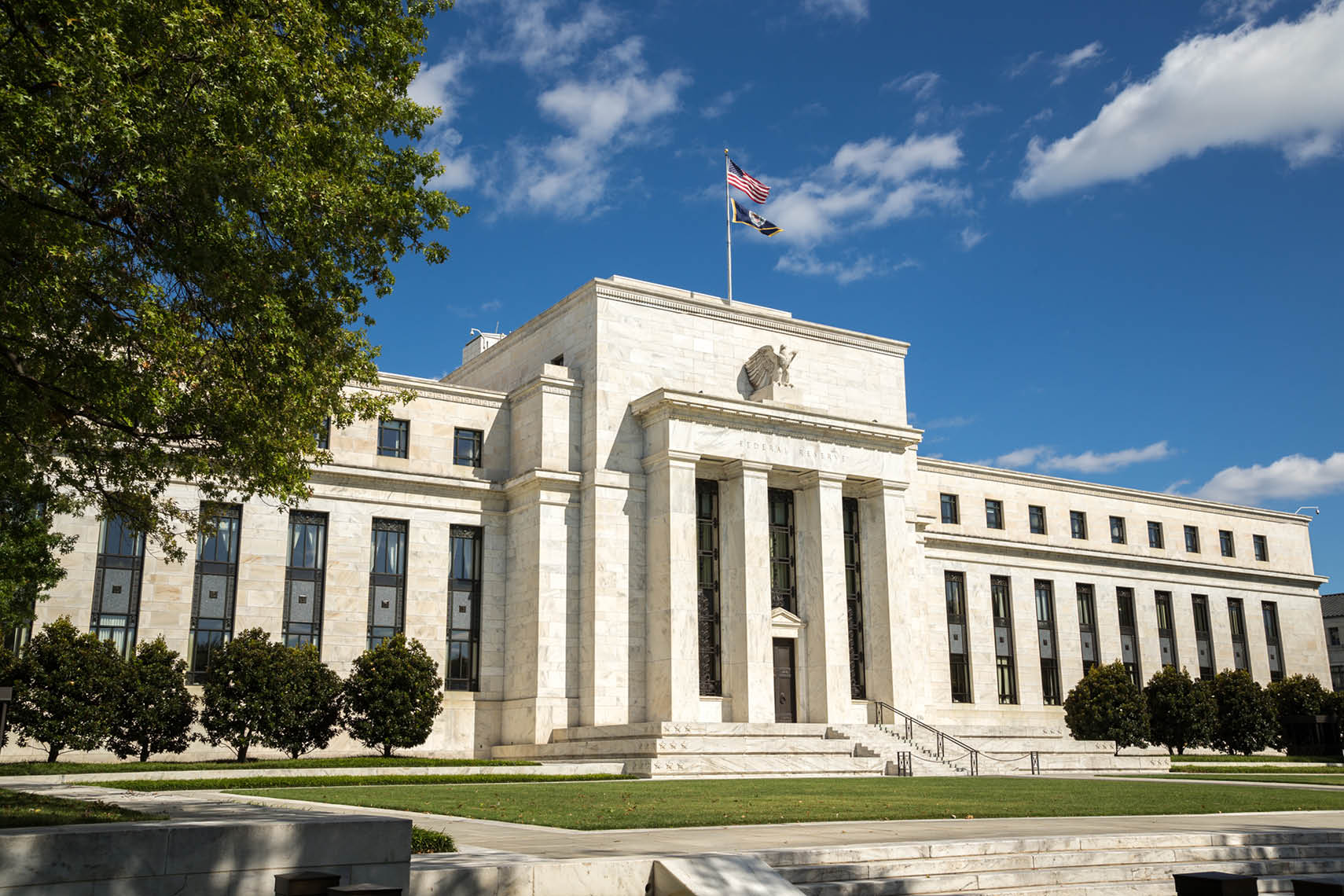No imminent interest rate cuts? What luck!
Author - Andreas Auer
The current narrative of the European Central Bank (ECB) and the US Federal Reserve (Fed) is "higher for an extended period." It is the case that no interest rate adjustments have been made for several months now. In July, the Fed raised the benchmark interest rate to the current range of 5.25 to 5.50 percent, and the ECB followed suit in September, setting the deposit facility rate (the rate currently perceived as the benchmark) at 4.0 percent. Consequently, there has been a wait-and-see approach for several months, with a vigilant eye on the development of inflation, especially by the Fed keeping a close watch on the economy.
On the inflation front, there are positive signals. In October, it stood at 2.9 percent annually in the Eurozone and 3.2 percent year-on-year in the United States. The trend is clearly downward, indicating the right direction. Nevertheless, central banks continue to wait, apparently to avoid reacting prematurely. This is not only reasonable from the central banks' perspective but also may not necessarily be a disadvantage from an investor's point of view.
Sustainable two percent
One reason why monetary policy reins are still being held rather tightly is the desire to wait until the respective monetary policy goal is sustainably achieved. Even if inflation may approach the 2 percent mark in the near future, that alone is not a sufficient reason to assume it will remain so over the course of several months. But that is precisely the concern of the central banks. Possible risks for this scenario include renewed energy price shocks due to numerous global conflict zones and second-round effects due to higher wage settlements.
The patient approach of the central banks and the accompanying further delay in imminent interest rate cuts seem understandable and may not be a disadvantage. The reasons why a central bank is compelled to stimulate the economy through lower interest rates are typically not desirable. Whether it's the financial crisis of 2008, the Euro crisis in 2009, the COVID-19 crisis in 2020, or the energy crisis in 2022, they not only share the unattractive word "crisis," but during these periods, monetary policy was also expanded, preferably through interest rate cuts. They even have something else in common: they were challenging times for investors, especially those invested in risky asset classes such as stocks.
Thus, the cautious stance of the central banks is not a disadvantage for stock investors, and the call for monetary easing should, from their perspective, remain unheard for some time.
Disclaimer
This information provides a market overview and Kathrein's investment strategy based on their market opinion. It does not constitute a direct or indirect recommendation for the purchase or sale of securities or an investment strategy.
Investing in securities carries the risk of price fluctuations due to market changes at any time. Representations of past performance do not provide reliable indications of future results.
